
Today's auction house artefact is this Leith Banking Company £20 note from 1825, issued to the payee James Ker 
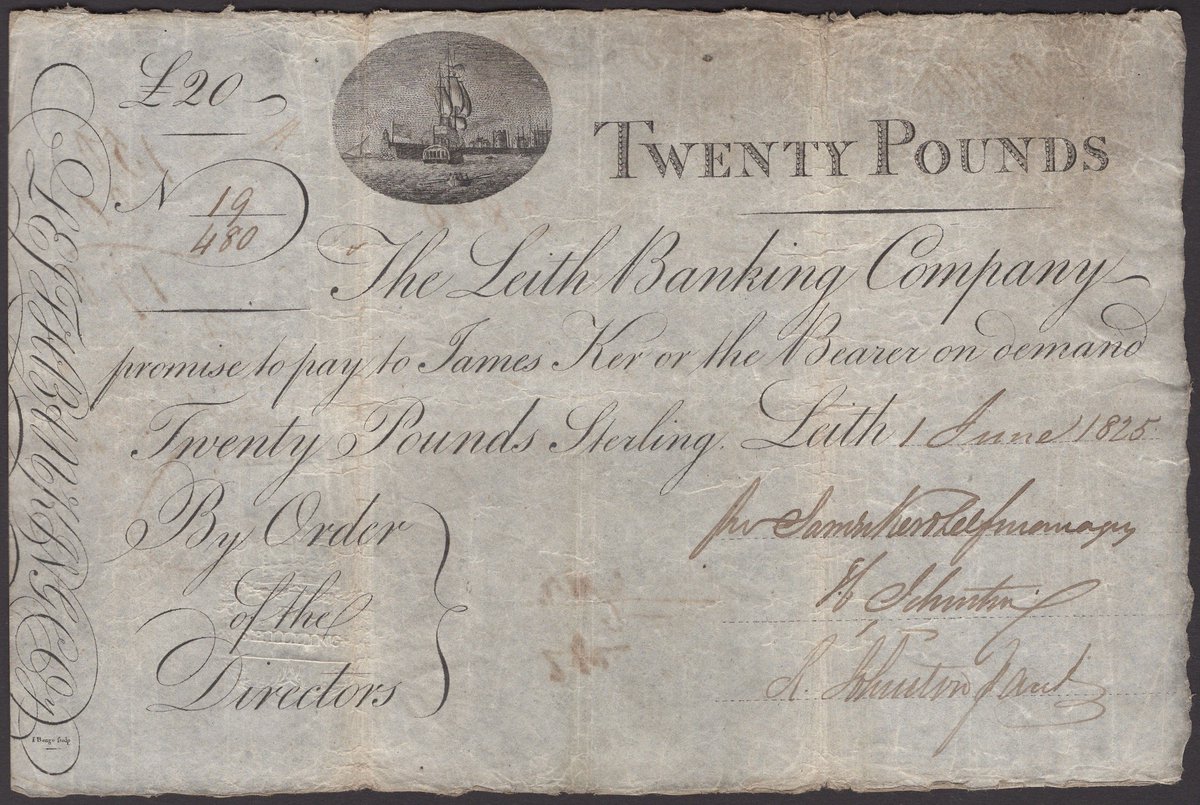
James Ker of Blackshiels esq. was the general manager of the Leith Banking Co. and lived at a fine Georgian townhouse at no. 24 Royal Circus 

So it's rather unusual that a note made out to Ker is also signed on behalf of the bank by... Ker! He was issuing his own pocket money (and that's what it literally was, paper money that a gentleman could carry on his person) 

At this time, banks issued notes to clients of sufficient standing on an individual basis, and the bank would number, sign and date every note by hand. This note has also been embossed with a 2 Shillings stamp, I'm not clear if this added or deducted that value to/from it 
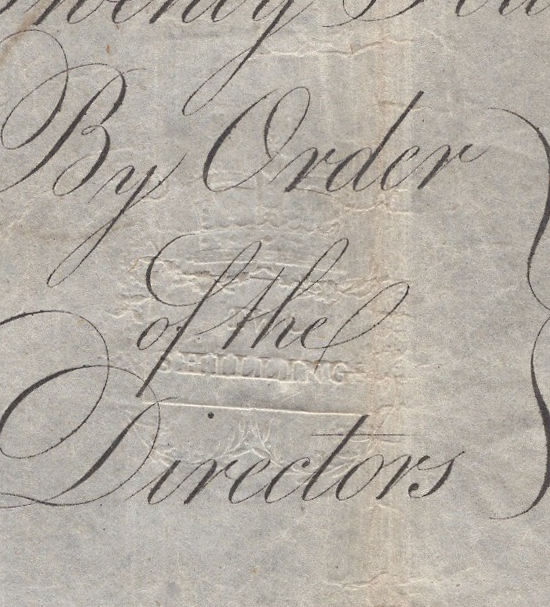
And the engraving is a typical Leith scene, with a sailing ship entering the harbour. The "windmill" signal tower can be seen. 
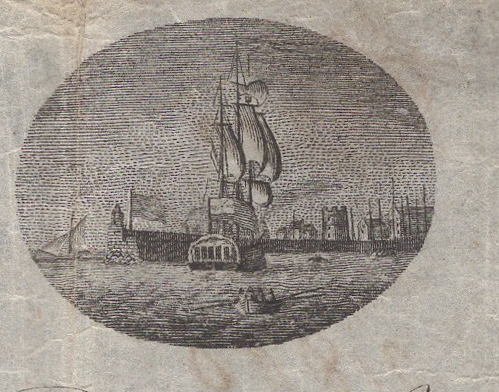
Bottom left is the mark of the engraver, John Beugo. Beugo is best known as the engraver of *the* portrait of Rabbie Burns by Alexander Naysmith 

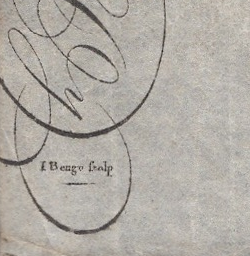

While mainly an artistic printmaker and engraver, he did turn his hands to banknotes, also doing work for the Commercial Bank of Scotland and British Linen Banks.
These notes were made on hard-wearing linen paper, which was produced in both Balerno and Penicuik (at mills both named "Bank Mill" for obvious reasons). Linen rags were a very important feedstock for the paper industry at this time (it's where rag merchants made their money)
When you presented your note at the bank, it would be honoured. Deductions could be made from it, and interest paid on it, this was all noted down (by hand) on the back. 

These rather plain notes were promisory notes issued to the gentlement of means that were customers of the bank. General notes of a fancier design were also issued. In 1822 the Leith Bank issued the world's first commemorative note to mark the arrival of King George IV 

Two interesting features on this note. Firstly, at this time the Leith motto of "Persevere" was not in use as far as I know, instead the Latin "O Felicem Diem" just means "oh happy day!" in reference to George IV's visit 
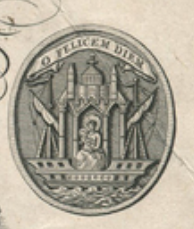
And bottom left, Fàilte don Rìgh; "Welcome to the King!" I wonder if this is the earliest use of Gaelic on a Scottish banknote? 
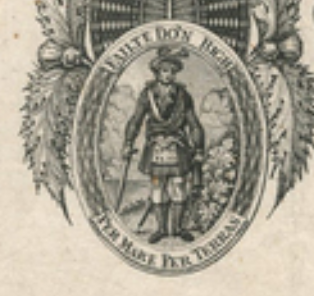
Anyhoo. The Leith Banking Co. was established in 1792 or 93 by 18 merchants of Leith, who were its partners. It was based in Quality Street . Here we see James Ker was the original manager. 

In 1805 it moved to a purpose-built HQ in the style of the day, the architect was John Paterson (see also Seafield Baths!). 

At this time, this was one of only 3 banks in Leith, all being very close to each other in the commercial centre of the town. The right hand column is the London agent of each (where you could conduct your financial business with when outwith Scotland) 

The Leith Bank as it was known, prospered for a while, and extended branches to the bright lights of Callander, Dalkeith, Galashiels, Langholm and Carlisle. It had an agent in Glasgow and a travelling tent that visited provincial cattle and agricultural marts
The Lloyds Bank archives note that the Carlisle branch was registered as an English bank but was illegal according to an Act which forbade English provincial banks from having more than 6 partners!
Trouble was brewing though, and the recession brought on by the "Panic of 1837" hit the bank's business hard. The Glasgow Union Bank offered to buy it out but this was declined. 
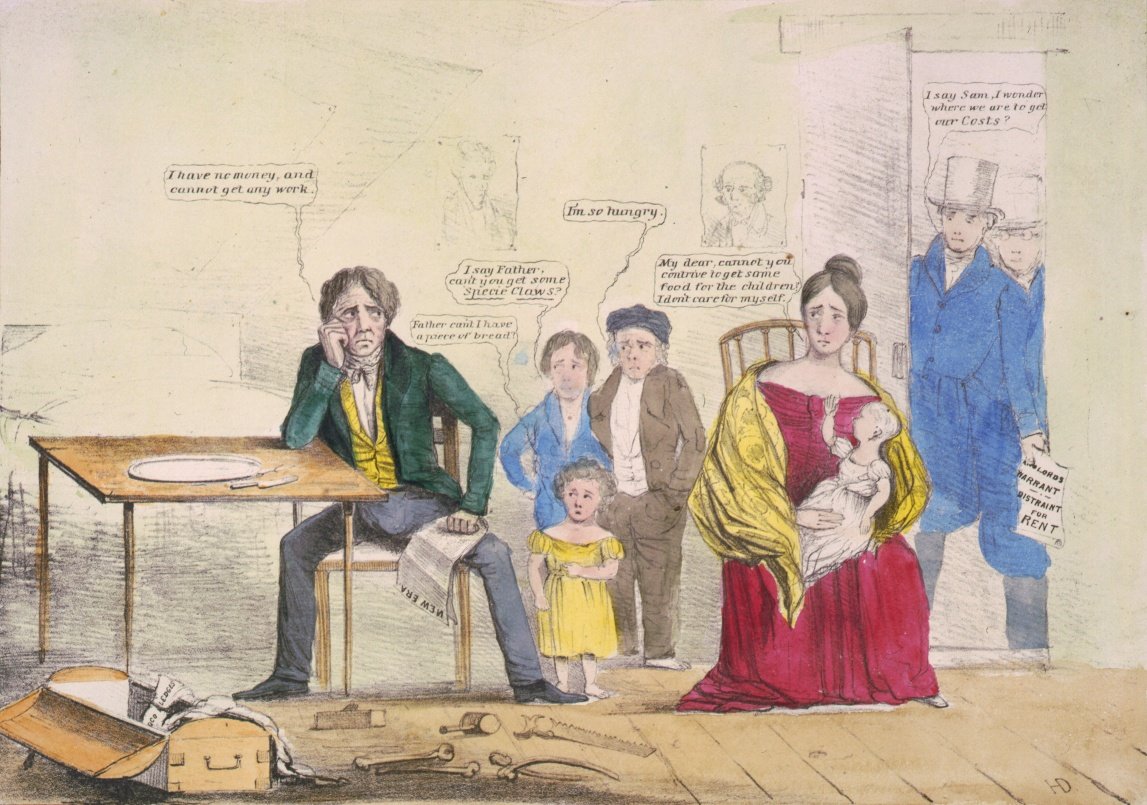
Instead, it took on additional partners in Edinburgh and became the Edinburgh & Leith Banking Company. 

But this was not to last, and in 1842 it failed with debts of £123,582, including £10,000 of Leith notes in circulation. This may have been due to its exposure to fishing, the Shetland and the Renfrewshire provincial banks failed the same year for this reason
The remains of the bank were taken over by the Clydesdale Bank, and its former office on Bernard Street became a branch of the National Bank of Scotland 

This 1849 Town Plan from @natlibscotmaps shows the concentration of banks in Leith around Bernard and Constitution Streets 
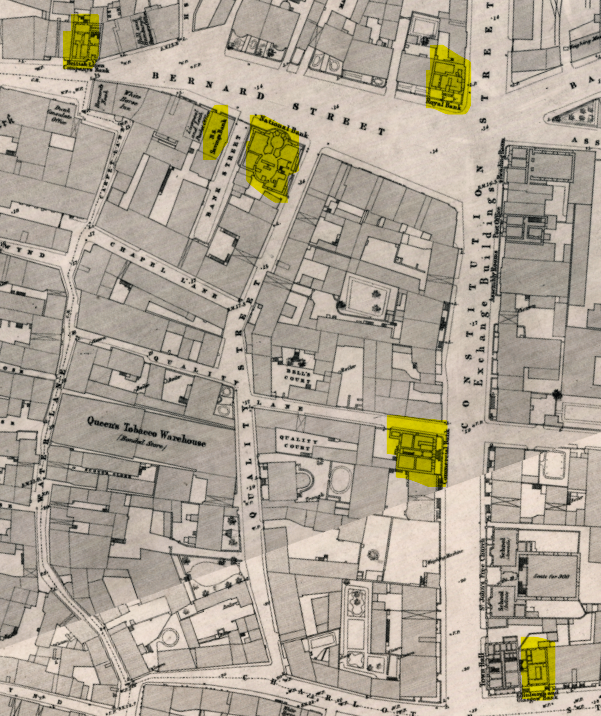
Footnote - in the archives of the Royal Bank of Scotland, there is something called the "spike file". This is the sequential record (file) of the payment of promisory notes by the Drummonds Bank from 1781 (pic = Natwest archives) 

When a client presented their bank note, the clerk would check their account balance, debit the relevant amount and cancel the bank note (the promisory notes were single use only) by defacing it, with a bunch or cutting off a corner. It was then "filed" on a giant iron spike
The spike was retained as a record in case there was any quibble over payment, you could always go back to it and retrieve the note, on which the date and details of its payment would have been written by the clerk
The Drummonds' spike got "filed" in a basement cupboard and forgotten about, which was then later walled up and forgotten about until recovered during renovations centuries later when the owner was then RBS.
And to bring us back round in a circle, Andrew Drummond was an Edinburgh goldsmith and financier who later established a bank under his name in London. The Drummonds were Jacobites; his father was outlawed in 1690 for supporting James II, his brother died at Culloden.
The (Andrew) Drummonds were not the same as the (George) Drummonds who were appropriately Hanoverians - supporters of King George. It is George Drummond for whom Drummond Place and Drummond Street in Edinburgh are named. 
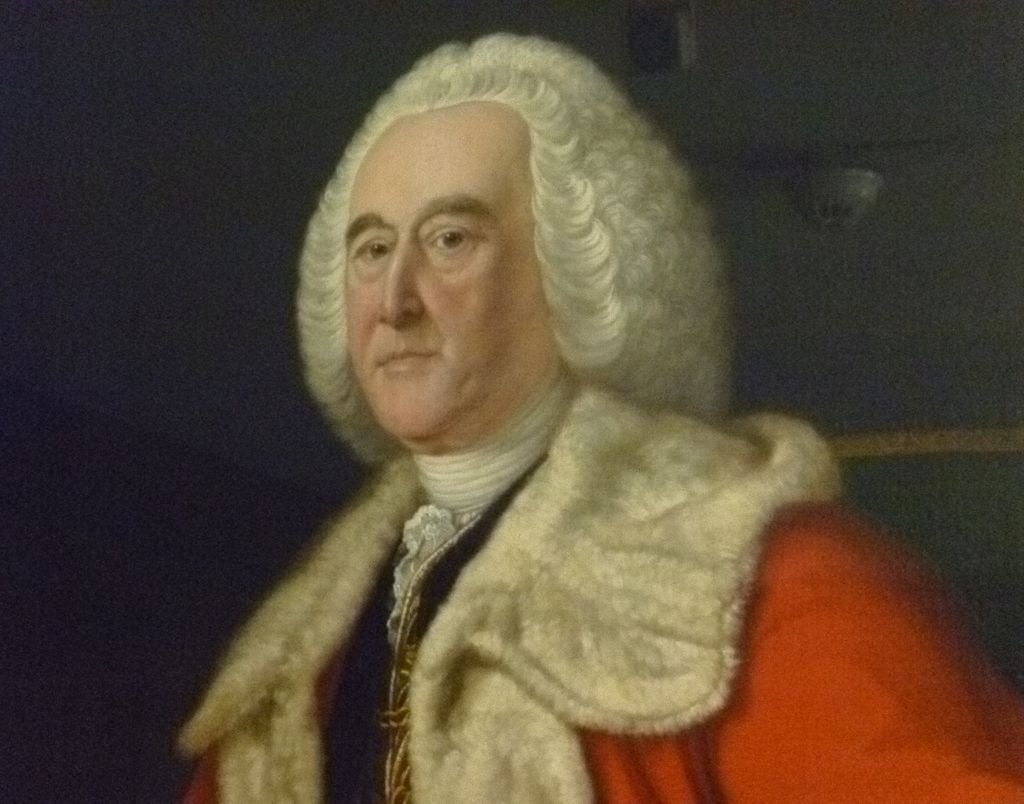
George Drummond was a government loyalist, helped negotiate the Act of Union, 6-term Lord Provost of Edinburgh, a driving force behind the New Town and other public works of "Modern Athens" and ironically one of the founders of the Royal Bank of Scotland
Amused slightly at the Stirling Banking Company Sterling pound (pic = britishnotes.co.uk) 

• • •
Missing some Tweet in this thread? You can try to
force a refresh






































